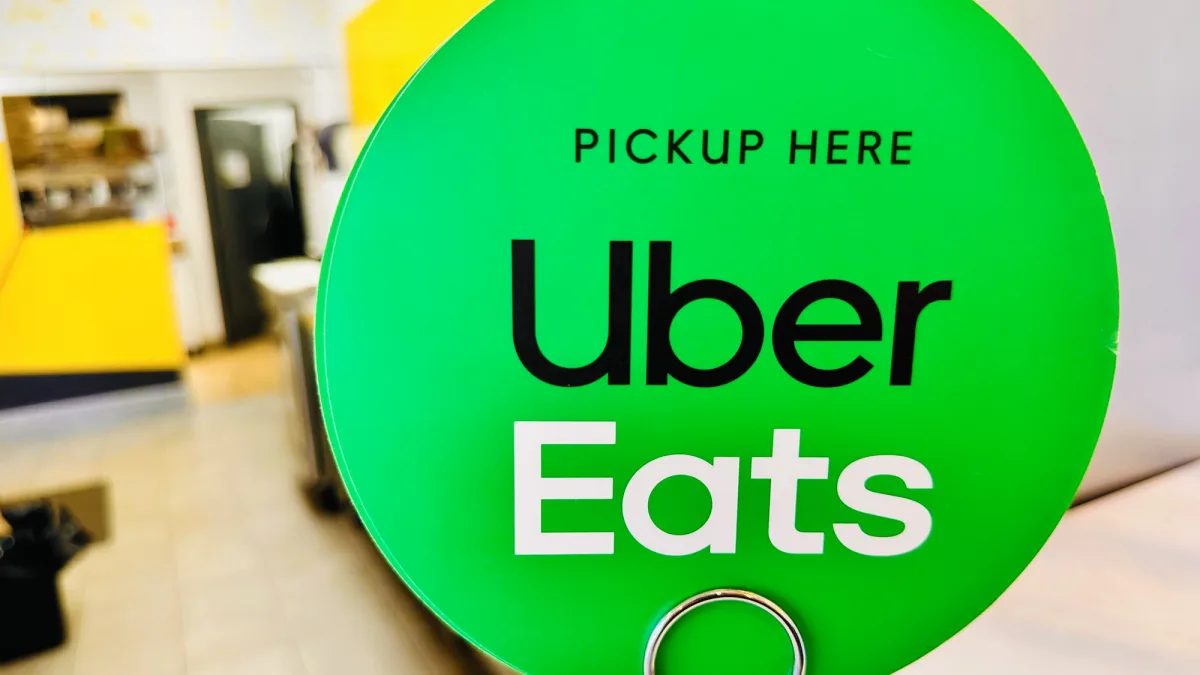When Amazon announced its search for a second headquarters in 2017, cities across America fell over themselves to offer ever more extravagant incentives. Newark promised seven billion US dollars in tax breaks. Chicago offered to let Amazon keep its employees’ income taxes. The eventual winner, Arlington, Virginia, secured the prize with a relatively modest 573 million US dollars package—but what really swayed the decision were factors that rarely appear on incentive spreadsheets: talent density, transport links, and what one executive called “intellectual infrastructure”.
The Amazon beauty parade revealed a fundamental flaw in how organisations choose where to expand. Indeed, research examining Amazon’s site selection criteria identified 29 distinct factors influencing their decision, with traditional cost-based metrics ranking surprisingly low.
Most selection processes remain fixated on the measurable and the immediate: tax rates, property costs, and headline infrastructure scores. However, our own research reveals a troubling pattern. The locations offering the most generous financial incentives often deliver the poorest long-term results, while cities that score modestly on traditional metrics frequently outperform expectations by substantial margins.
This is the city selection blind spot—the tendency to optimise for what can be easily quantified while ignoring the invisible forces that determine whether an investment thrives or merely survives.
The incentive illusion
Consider two contrasting approaches to attracting technology investment. The first city offers a compelling value proposition: 15 per cent corporate tax rates, abundant office space at 12 euros per square metre, and a government eager to fast-track permits.
The second appears less attractive on paper—22 per cent corporate tax, 28 euros per square metre for comparable space, and a reputation for bureaucratic thoroughness. Traditional location analysis would favour the low-cost option without hesitation.
Nevertheless, companies that chose the more expensive location report 34 per cent higher employee retention rates, 28 per cent faster time-to-market for new products, and revenue growth that consistently outpaces their bargain-hunting counterparts by double digits.
The difference lies not in what these cities advertise, but in what they have quietly cultivated over decades.
Studies of employee retention factors show that location-specific elements—including quality of life, cultural compatibility, and professional development opportunities—can improve retention rates by up to 73 per cent. The higher-cost destination had invested systematically in university partnerships, creating a pipeline of graduates who stay rather than emigrate.
Its ‘bureaucratic thoroughness’ translated into regulatory predictability—companies knew that approved projects would proceed without costly mid-stream changes. Most critically, it had developed what economists call ‘cluster effects’—the invisible networks of suppliers, collaborators, and competitors that make entire industries more productive.
The bargain destination’s low costs, meanwhile, reflected underlying weaknesses. Its generous incentives were necessary precisely because it lacked the fundamentals that make businesses want to locate there voluntarily.
The intelligence advantage
Smart location decisions require looking beyond the promotional brochures to examine what drives sustainable competitive advantage. Indeed, analysis of foreign direct investment patterns shows that the most successful expansions are underpinned by five factors that rarely feature in traditional site selection.
The first is ecosystem density, which matters more than raw talent numbers. A city might boast 50,000 university graduates, but if they cluster in unrelated fields, companies struggle to find the specialist skills and supplier networks they need. Conversely, cities with smaller but more concentrated talent pools often deliver superior results. Tallinn’s 440,000 residents cannot match Warsaw’s 1.87 million, yet its focused excellence in digital government and cybersecurity creates advantages that scale cannot replicate.
Regulatory predictability meanwhile trumps regulatory simplicity. Business leaders consistently report that knowing the rules will remain stable matters more than having favourable rules that might change. Countries that streamline bureaucracy while maintaining consistency outperform those that offer easier processes but unpredictable policy shifts.
Then comes cultural compatibility, which affects everything from hiring success to customer acceptance, yet remains largely unmeasured. Research indicates that companies expanding into markets culturally similar to their home base achieve profitability 18 months faster on average than those venturing into culturally distant locations—regardless of economic fundamentals.
Knowledge spillovers from universities and research institutions in turn create long-term competitive advantages that dwarf short-term cost savings. Cities with active tech transfer programmes and industry-academia collaboration consistently produce higher patent rates, innovation metrics, and company survival rates.
Finally, quality of governance, which extends far beyond corruption indices to encompass administrative competence, strategic vision, and public-private cooperation. Cities where government acts as an enabler rather than merely a regulator see businesses scale faster and attract follow-on investment more readily.
Beyond the spreadsheet
The implications extend beyond individual company decisions. Economic development agencies that compete primarily on incentives often trap themselves in a race to the bottom, depleting public resources while attracting footloose businesses that depart when better offers emerge elsewhere.
The most successful locations have learned to compete on fundamentals rather than giveaways. Estonia transformed itself from a post-Soviet backwater into a digital leader not through tax holidays but by building genuine comparative advantages in e-governance and cybersecurity. The country now attracts investments that stay because they cannot easily be replicated elsewhere.
Similarly, companies that base expansion decisions on comprehensive location intelligence rather than headline costs report higher satisfaction rates, better employee outcomes, and stronger financial performance. Studies show that organisations with retention rates above 90 per cent typically invest 25 per cent more in location-specific factors during their selection process. They recognise that the cheapest location is rarely the most profitable one.
The new calculus
This is not an argument against considering costs or incentives—financial realities matter. Rather, it is a case for expanding the analytical framework to include the factors that actually determine long-term success. The most sophisticated organisations now weight traditional metrics alongside ecosystem strength, regulatory stability, and cultural fit when making location decisions.
Technology has made this intelligence more accessible than ever. Data on talent flows, innovation networks, and regulatory consistency can now be quantified and compared across cities with unprecedented precision. The competitive advantage increasingly belongs to those who can see beyond the obvious to identify locations poised for sustainable growth.
In the global competition for investment and talent, the winners will not necessarily be those offering the largest incentives. They will be those that have built the invisible infrastructure of trust, capability, and collaboration that makes businesses thrive. For companies willing to look beyond the brochures, these represent the most attractive destinations of all.
The challenge for both businesses and cities is learning to recognise value that cannot easily be measured—and having the patience to invest in advantages that compound over time rather than show immediate returns. In an age of quarterly thinking, this may be the ultimate competitive advantage.
Photo: Dreamstime.







